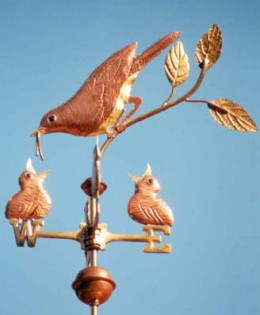Here are three places you cannot afford to miss if you are planning on a tour to Rajasthan.
Jaipur:
Jaipur,
the capital of Rajasthan is also the largest city in the state. It is
also famously referred to as the ‘Pink City of India’ due to the
distinctive pink colouring of all the houses and buildings in the city.
With bustling and colourful streets and small shops selling intriguing
artefacts, Jaipur is a must visit place while in Rajasthan. There are
mnay places of interest here. The City Palace and the Hawa Mahal will
stun you with exceptionally beautiful architecture. Both these palaces
will give you a glimpse of the opulence and grandeur of the kings of
yore and will also give you breath-taking panoramic views of the
cityscape.
Another place you must visit while in Jaipur is the
‘Janta Mantar’ which is an UNESCO World Heritage site. The monument
displays impressive astronomical instruments displaying the scientific
advancement of Hindu texts on astrology and modern science.
A
visit to a place is not complete if you haven’t gotten a taste of the
region’s art and culture. And the perfect place to experience the rich
and diverse artistic and cultural traditions of Rajasthan is the Albert
Hall Museum. The museum itself is beautifully constructed with carved
arches and domes made of sandstone. Staying is also a delightful
experience as there are a number of luxury resorts in Jaipur offering a variety of amenities and a delightful experience in remodelled palaces or forts.
Udaipur:
Popularly
called the ‘Venice of the East’, the city of Udaipur is a city of
numerous lakes. With a number of beautiful palaces and forts being
converted to hotels, Udaipur records rising number of tourist footfalls
every year. The luxury resorts in Udaipur themselves
have become destinations you cannot miss! These tastefully remodelled
palaces and forts will let you experience royalty like never before!
This
well planned city is ideal for a vacation offering a host of different
experiences. You can visit the Bagore ki Haveli situated near the
picturesque Pichola Lake. With over 100 rooms to explore, the Haveli
will let you experience the grandeur and the mystery of a bygone era.
The
Kumbhalgarh Fort,standing tall at an impressive 1180 m ridge is one of
the most strongest of forts in the city. The fort also has the second
longest wall stretch in the world, after the Great Wall of China. Lake
Pichola, a man made wonder of Udaipur is another place that will delight
you with its stunning views of palaces, temples and bathing ghats
situated on its shoreline.This Lake City of Rajasthan is also known for
its rich cultural heritage and performing arts and crafts. The Udaipur
solar observatory is world famous and is built on an island in the Fateh
Sagar Lake.
There are still many more places to visit in this magnificent city!
Ranthambore National Park
Located
in the Sawai Madhopur district of Rajasthan, Ranthambhore National Park
is the largest national park in northern India. The park is a tiger
reserve and is home to a variety of flora and fauna. But the main
attractions are the majestic tigers, the national animal of India, that
can be spotted in its natural habitat. Other animals that can be found
here are leopards, sambar, striped hyena and nilgai etc. The National
Park offers safari rides and treks that make for an adventurous outing.
Another attractive feature is the number of jungle resorts in Ranthambhore offering an experience of staying very close to the jungle and waking up to the lush greenery and birdsong!
While
the park is known for its rare animal species and greenery, the
Ranthambhore Fort is another major tourist attraction. These mysterious
and majestic ruins offer a panoramic view of the entire park as it is
situated more than 700 feet above the surrounding plain.
These
places offer only a small sneak peak to the majesty of the state of
Rajasthan. Don’t look any further for your holiday destination! Plan a
visit to Rajasthan and get a taste of the true royal experience.









